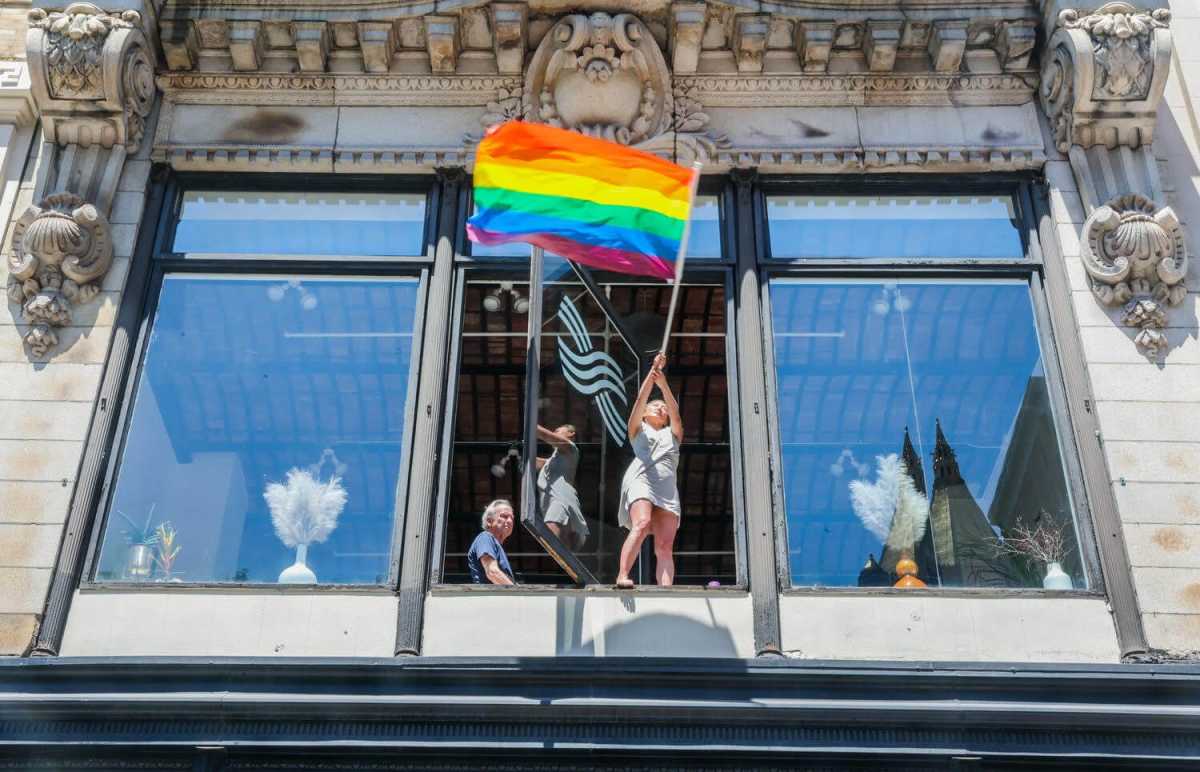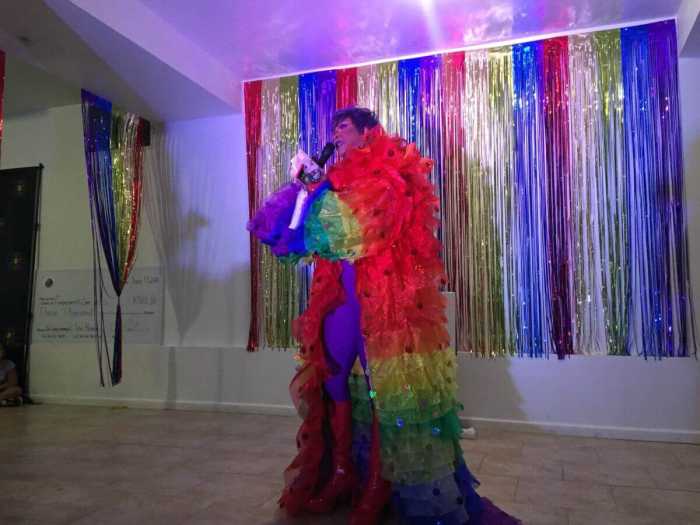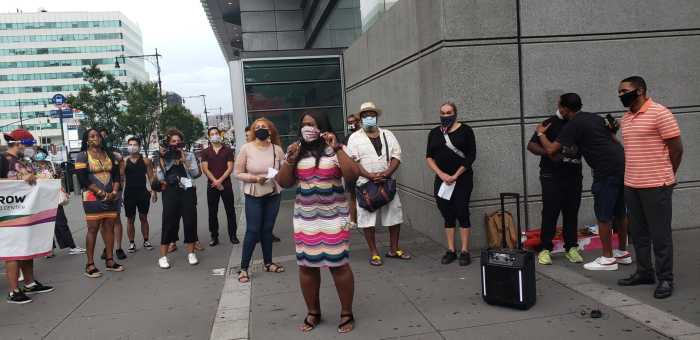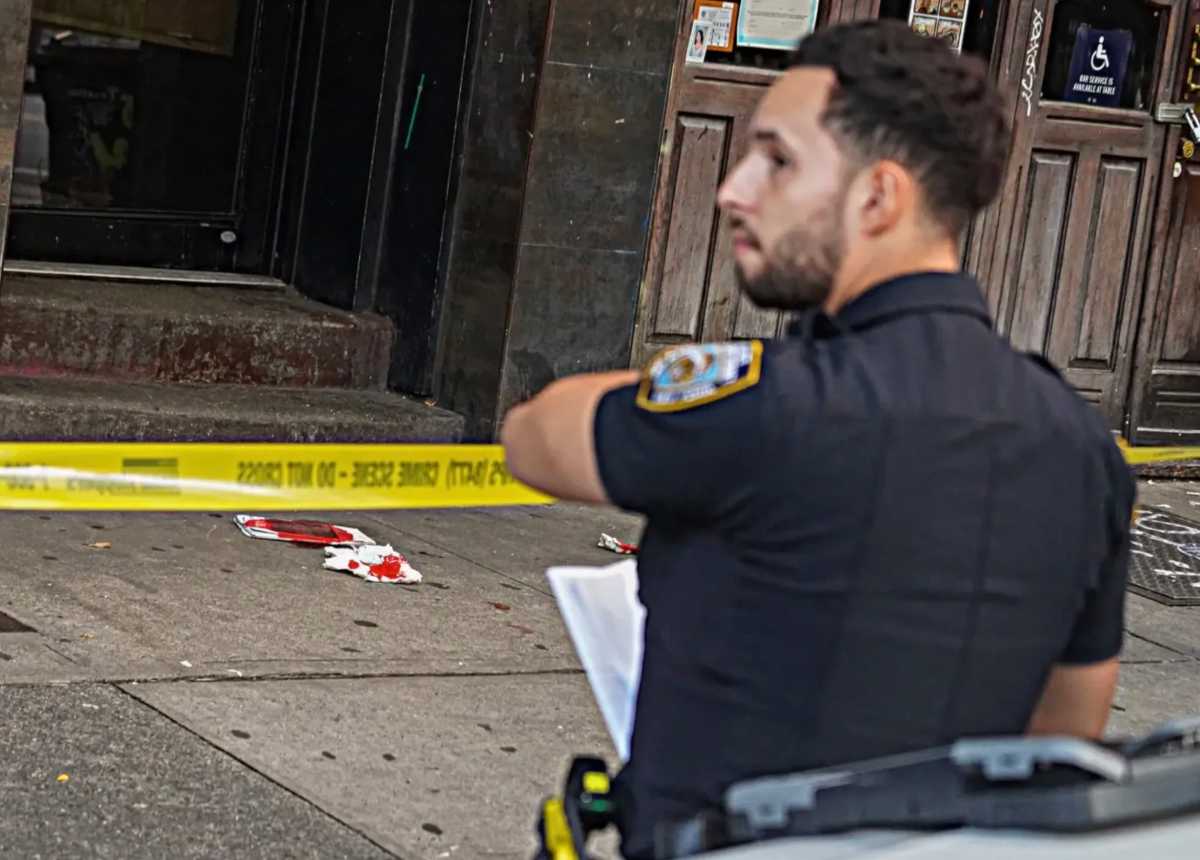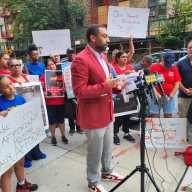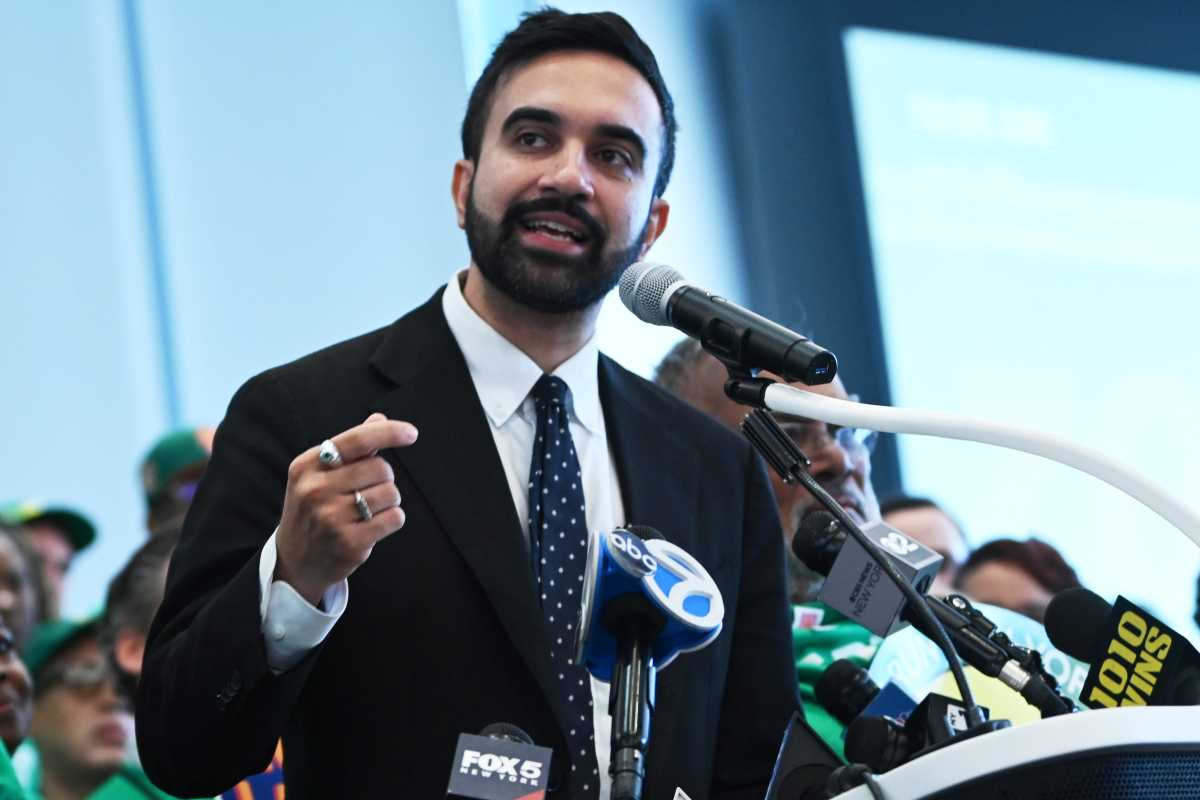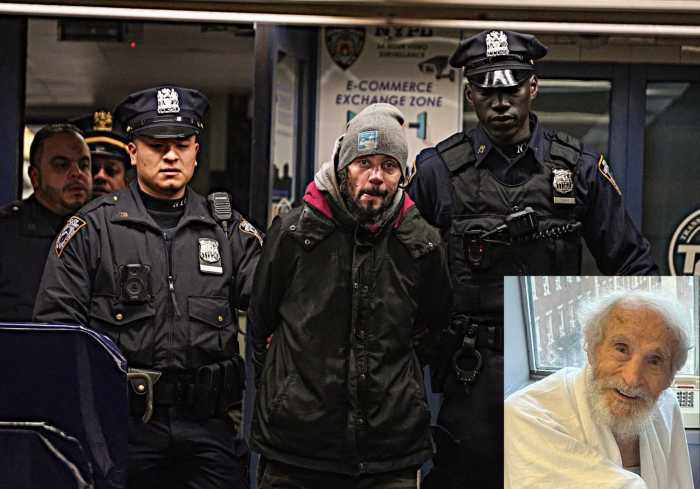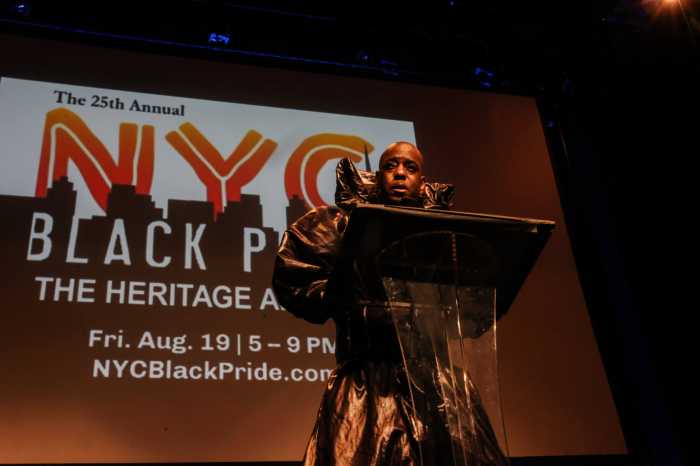Perhaps no time of the calendar year is busier for Sage Rivera, chief development and programs officer at the Bronx’s LGBTQ+ hub Destination Tomorrow, than the third week of June — reserved for the Bronx-specific Pride festival.
The month of June is time for celebration, recognition and visibility for the LGBTQ+ community. The months after that, LGBTQ advocates say, are about maintaining the momentum among an influx of Pride Month partners and eager corporations for the year-round fight of upholding New York’s queer communities and spaces.
“It’s work. But it’s also life. It’s also celebration, remembrance and time to see where we’ve come and how much farther we need to progress,” Rivera told the Bronx Times in June. “Visibility just has changed for (LGTBQ+ community) as a human race because a myriad platforms now exist to be able to connect, tell our stories with color and truth, and shine a light on the issues impacting and affecting our community.”
But Rivera’s work continues past the revelry of New York’s Pride parades. The next 11 months for Destination Tomorrow include a confluence of things to keep the Bronx’s queer community visible and safe.
For members of LGBTQ+, life is filled with systemic challenges and a continued fight against marginalization, as evidenced by a survey released this month from MetroPlusHealth, a New York City-based health insurance company offering low-cost and subsidized health plans to more than 600,000 New Yorkers.
According to the survey, 81% of LGBTQ+ people reported feeling stressed, compared to just 58% of the general population. Almost the same proportion (79%) said they feel anxious about social situations, versus 53% of the general population.
When Destination Tomorrow took its space in the South Bronx, it filled a gap left by the abrupt closure of the Bronx Pride Center, which closed its doors two months prior after the agency’s former chief was arrested and charged with swiping $338,000 from the nonprofit.
Destination Tomorrow’s work is all-encompassing, addressing the problems that smolder in a population that has long been misunderstood and maligned.
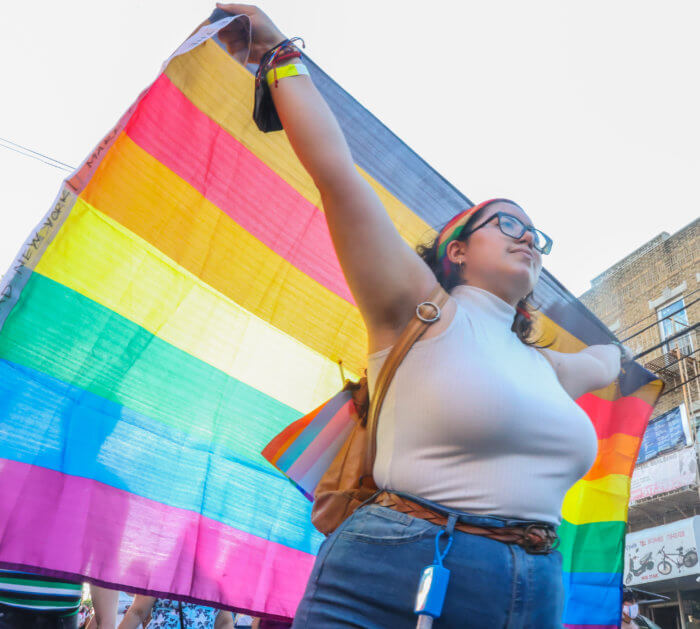
Of the NYPD’s 142 confirmed hate crimes listed from Jan. 1 to April 31, 16 homophobic and transphobic attacks have occurred on New York City’s queer population.
Responses from LGBTQ+ people of color appear to demonstrate the added burdens faced by people in more than one marginalized group. More than half (55%) had been called a racial slur, compared to less than one-third of others, and 41% said they have experienced discrimination in the workplace, compared to just 28% of other respondents.
Many Black transgender and gender-nonconforming people report experiencing poverty and homelessness. According to the National LGBTQ Task Force, 34% said they had incomes of less than $10,000 yearly, and 41% disclosed they’d experienced homelessness, which is more than five times the national average.
“For us as an agency to keep those people engaged throughout the year and whether people stay engaged or not. I mean, that, that is a larger conversation,” Rivera said. “Pride is a festive time but a lot of times where we’re most in need is the times outside of Pride, such as the holidays where, um, the weather changes and some people are out on the street in the cold.”
Destination Tomorrow has adapted their services — which includes community outreach and prevention services, support services and programming, which includes events and youth services — to meet the needs of their community and celebrates every milestone with clients.
About two-thirds (65%) said they feel unsafe walking the streets, compared to 40% of non-LGBTQ+ New Yorkers.
Responses from LGBTQ+ people of color appear to demonstrate the added burdens faced by people in more than one marginalized group. More than half (55%) had been called a racial slur, compared to less than one-third of others, and 41% said they have experienced discrimination in the workplace, compared to just 28% of other respondents.
Though survey respondents were based solely in New York City, the results are consistent with other studies showing widespread discrimination against LGBTQ+ Americans, including discrimination in the nation’s health care system, where care has varied due to state. State lawmakers proposed a record 238 bills that aimed to limit or chip away at LGBTQ+ rights, with many targeting gender-affirming care in state health care.
The DeSantis administration moved toward banning gender-affirming care for transgender Floridians under Medicaid, meaning that treatments such as hormone therapy and puberty blockers may soon be out of reach for many low-income members of the LGBTQ+ community.
Montefiore Medical Center — which has received a perfect score for its health care equity for LGBTQ+ patients, visitors and employees from the Human Rights Campaign Health Equality Index (HEI) for eight consecutive years — officials told the Times that the network’s focus on gender-affirming care has helped broaden its services for the Bronx’s LGBTQ+ community.
Montefiore’s new Adolescent and Youth Sexual-Health Clinic, officials say, destigmatizes sexual health and enhancing care for youth at risk for STIs, including HIV, including increasing access to PrEP — an antiviral medication used to prevent the spread of disease in people who haven’t yet been exposed.
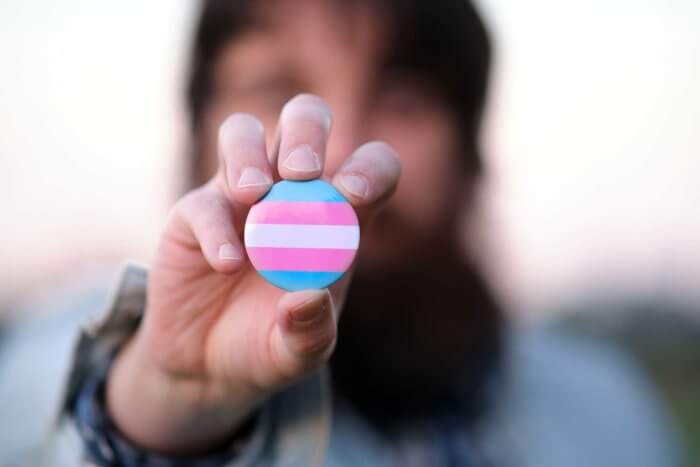
A 2021 peer-reviewed study published by researchers at The Trevor Project, a national LGBTQ+ youth suicide prevention and crisis intervention group, found that access to gender-affirming hormone therapy was associated with lower rates of depression, thoughts of suicide and attempted suicide among transgender and nonbinary young people ages 13-24.
“I don’t look at providing gender affirming care as a burden or that is any more of a taxing or stressful on the health care system, more than other services that are provided to people,” said Dr. Michelle Ogle-Collins, Medical Director, Montefiore Adolescent & Youth Sexual-Health (MAYS) Clinic. “When they’re what the kids call their dead name is being used, or they don’t identify with the gender that they were assigned at birth when we acknowledge that, that means the world to them.”
Montefiore also established programs and training opportunities to address the LGBTQ+ community’s needs, helping employees understand appropriate terminology, gender identities and sexual orientation
Earlier this year, researchers at the University of Washington in a peer-reviewed study found that receiving gender-affirming medical care like puberty blockers or hormones was associated with 60 percent lower odds of depressive symptoms and 73 percent lower odds of self-harm or suicidal thoughts in the first year alone.
In April, Florida’s Health Department issued new guidance stating that children younger than 18 years old should not be permitted to receive any form of gender-affirming care, pushing back on a Department of Health and Human Services (HHS) finding that gender-affirming care “improves the mental health and overall well-being of gender diverse children and adolescents.”
In Texas, Republican Gov. Greg Abbott has equated gender-affirming health care for minors to child abuse and ordered state agencies in February to open investigations into the parents of transgender and nonbinary children. Lawmakers in Alabama in April enacted a felony ban on gender-affirming medical care for transgender and nonbinary youth, arguing that such interventions harm the mental and bodily health of children.
Mainstream research says otherwise.
A 2020 peer-reviewed study published in the Journal of the American Medical Association found that suicidality dipped in U.S. states where nondiscrimination laws protect access to gender-affirming health care services, including hormone therapy.
“It’s a hundred percent ideology based. There’s nothing in our health care system the prevents (U.S. health care) from providing the type of care that these kids require and need,” said Ogle-Collins.
Reach Robbie Sequeira at rsequeira@schnepsmedia.com or (718) 260-4599. For more coverage, follow us on Twitter, Facebook and Instagram @bronxtimes

